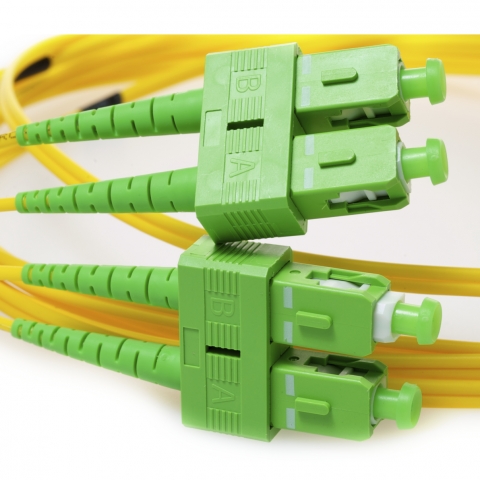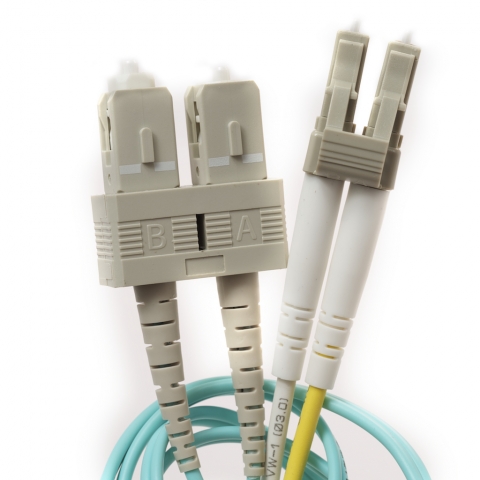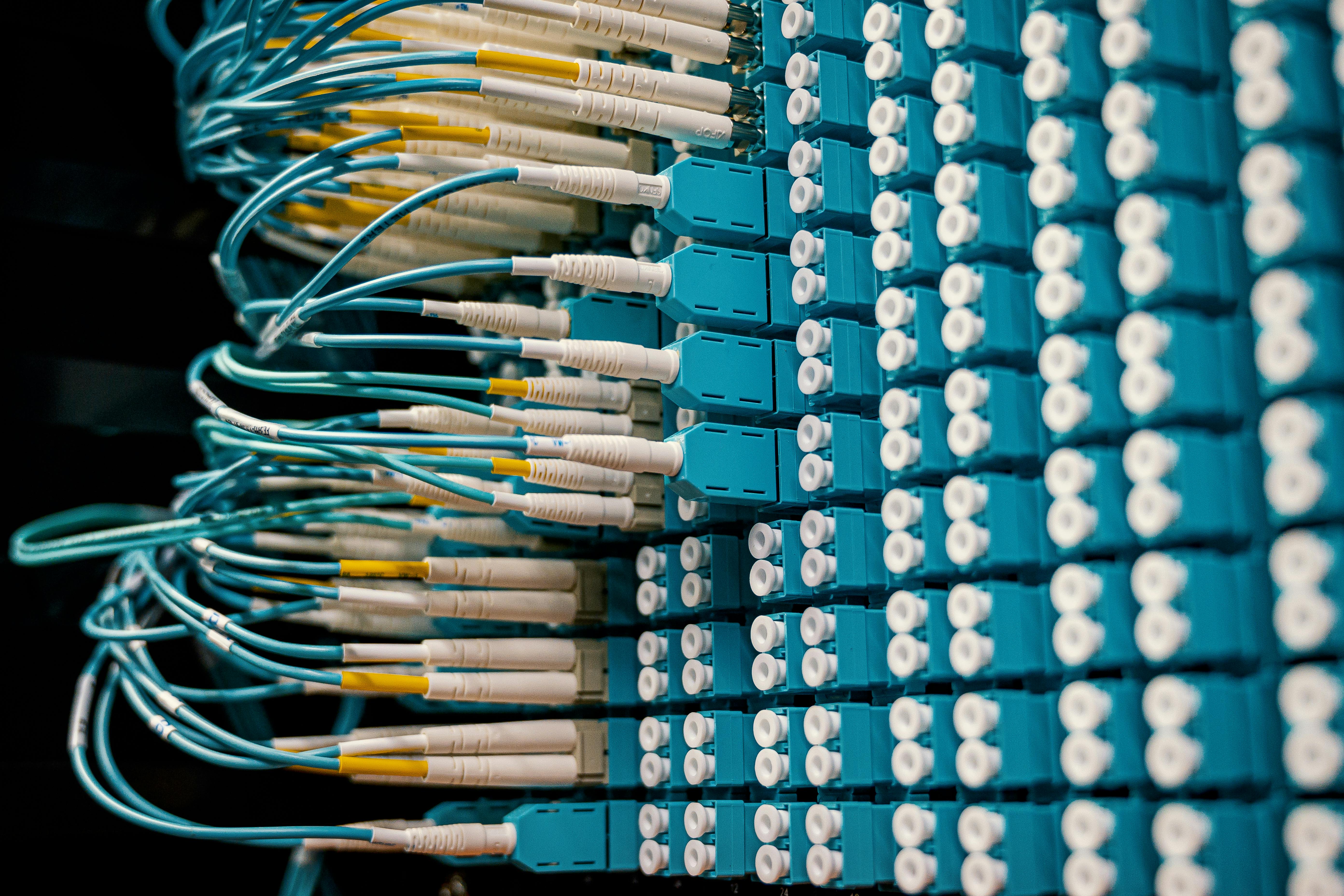Cables Blog
A History of Fiber Optic Cables
Single Mode and Multi Mode Fiber Optic Cable at Cables.com.
Fiber optic cables are on the cutting edge of communication technology. Shop affordable US-manufactured fiber optic cables at Cables.com.
by Vikas Dayal • October 25, 2024
Fiber Optic Cables, New York Cable Company, NY Cable Company
Fiber optic cables are on the cutting edge of communication technology. Shop affordable US-manufactured fiber optic cables at Cables.com.
Fiber optic cables have revolutionized the way we communicate, enabling high-speed data transmission over vast distances with minimal loss. Though more expensive than traditional copper-wire cables like ethernet cables, fiber optic technology is inarguably the best of the best in terms of speed, security, and bandwidth. Let's take a look at some of the high-quality fiber optic cables available at Cables.com and learn about how fiber optic technology has developed over the years.
What is Fiber Optic Cable?
Fiber optic cable technology works by transmitting data through pulses of light traveling to and from your device across glass filaments at the speed of light. The word "fiber" here refers to the many superfine glass or plastic filaments contained within the cable jacket, whereas other types of cable would typically contain traditional copper instead. These glass or plastic cores consist of a flexible, transparent fiber drawn to a diameter that's even more fine than a single strand of human hair.
Optical fiber cables contain such a core, with a fine protective coating further encased within a layer of "cladding," which is made from a material with a lower refractive index. It's this cladding that contains the traveling pulses of light. Further protected by a strengthening material, the contents of fiber optic cables are finally sheathed in a sturdy jacket that (in most cases) indicates the cable's type and speed.
The first fiber optic (or optical fibre) cable was invented in 1952 by Narinder Singh Kapany, a physicist in the UK. However, the history of fiber optic cables goes back much further to early experiments of light refraction in the mid-1800s. The first working fiber-optic data transmission system utilizing multi mode fiber optic cable was demonstrated by German physicist Manfred Borner in 1965, followed by the first patent application for this technology in 1966. Single mode fiber wouldn't be developed until 1972 by researchers from Corning and AT&T's Bell Labs.
How Fast is Fiber Optic Cable?
Though there are still numerous uses for ethernet and standard wireless connections, fiber optic cables will get you the fastest, most reliable internet speeds. Businesses that require fast access to data and the ability to both download and upload lots of data quickly would particularly benefit from fiber optic cable.
How quickly? That would depend on the type of optical fiber you choose.
What Kinds of Fiber Optic Cable Are There?
There are two different types of fiber optic cords - multi mode fiber, and single mode fiber. Which fiber optic network patch cable is the right fit for your data network? Let's check out the pros and cons of each to determine which one might be the right cable for you.
Single Mode Fiber Optic Cables
It's easy to think that "more" means "better," especially when you have your high-speed data network in mind. But believe it or not, it's very possible that single mode fiber cables are the best option for you.
While it is true that multi mode fiber optic cords are better at handling a heavier load than single mode cables, especially where a complex data network is involved, there are some situations where single mode fiber optic cables (also known OS2 fiber optic) is the right choice.
This is because single mode fiber optic network patch cables can provide you with virtually unlimited bandwidth. They have a smaller core than multi mode cables, resulting in smaller loss. This lower insertion loss comes with the added perk of a longer life cycle, and more besides.

Multi Mode Fiber Optic Cables
Multi mode fiber optic cables usually feature a standard aqua blue jacket, which might make them hard to distinguish from each other. Datacomm manufactures both our OM3 and OM4 cables in the US, and they're assembled using high-quality materials for optimum performance. But there are different types of multi mode fiber cables!

OM3 fiber optic cable is rated for 10GB up to 300 meters. They're capable of transmitting at speeds at 40GB up to 150 meters, or even 100GB up to 100 meters. Meanwhile, our OM4 fiber optic cords can achieve 40G performance over 150 meters, and 100G over 100 meters. Like our OM3 cables, these fiber patch cables are a big step up from copper cables. They're available in the same variety of configurations as the OM3 cables, but it's important to keep in mind that whichever cable you decide on for your data network, you'll always have the option of purchasing in custom colors and lengths from Cables.com.
Which Fiber Optic Cable is Best For You?
While Single Mode Fiber Optic Cable tends to be a little more pricey due to its unlimited bandwidth, most data centers can manage just fine with less expensive (but no less reliable) Multi Mode Fiber Optic Cable.
If you're looking to install optical fiber, there's an option for you! Our cables warehouses are located in New York, and our Datacomm cables are proudly manufactured right here in the US. If you'd like to know more about ordering from Cables.com, Contact Us or reach out to us at sales@cables.com.
SHOP NOW: OM1 Fiber Optic Cables - OS2 Fiber Optic Cables - Custom Color Fiber Optic Cables











